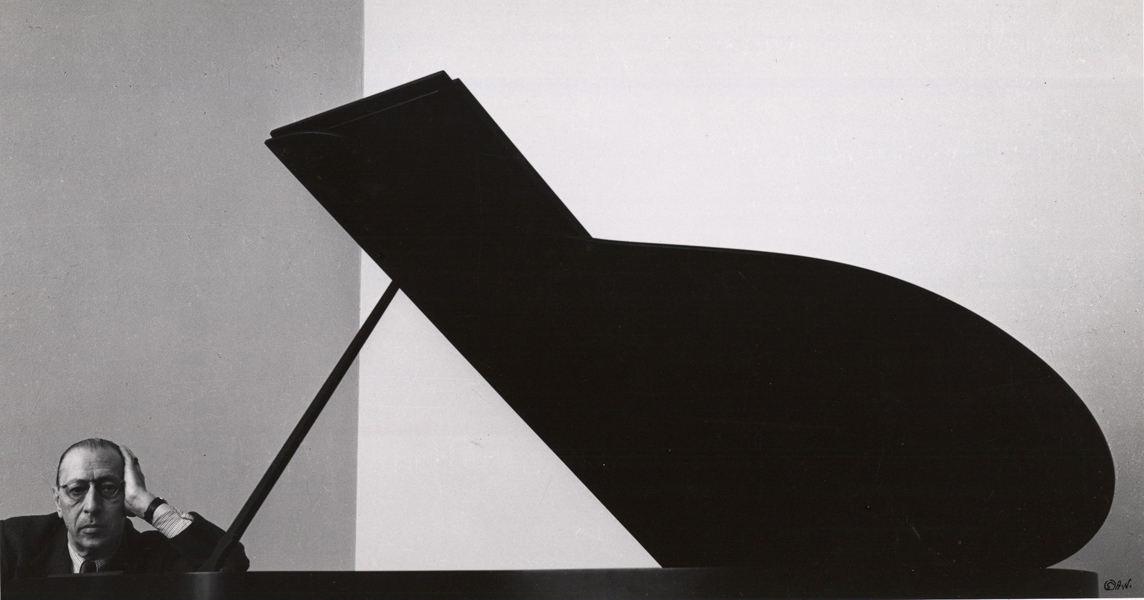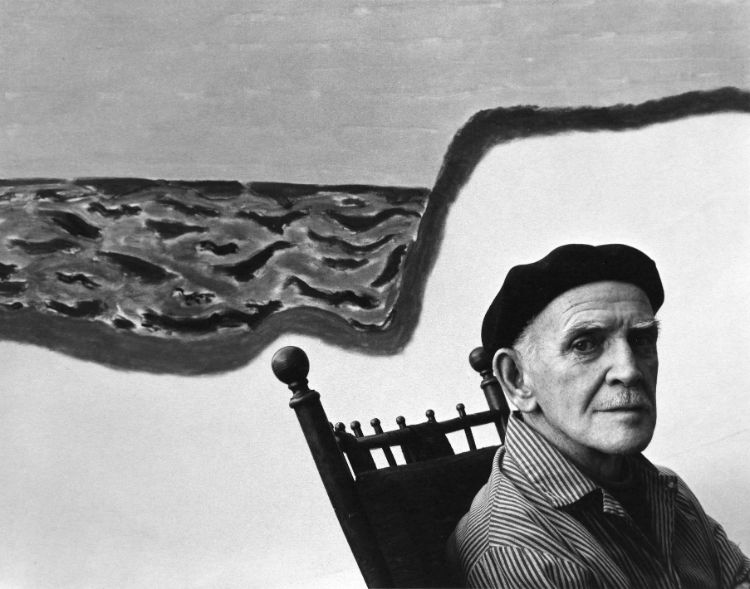
Igor Stravinsky, New York, NY, 1 December 1946
Arnold Newman’s ‘environmental portraits’ were revolutionary. Pushing the boundaries of traditional portrait photography during the middle of the 20th century, Newman believed that to create a truly insightful portrait, every aspect of the image had to be considered. Uninspired by plain studio backdrops, the artist sought to articulate the sitter’s life and work through the environment in which he photographed them.
Newman’s career began in 1938, when he started experimenting with his own documentary photography, while working in various portrait studios across Philadelphia, Baltimore and West Palm Beach. By the end of 1941, Newman’s name had infiltrated the New York art scene. Quickly gaining recognition for his portraits of famous sitters, particularly artists, he soon began working for publications such as Fortune, LIFE and Harper’s Bazaar.
Noted for his ‘environmental portraits’, Newman photographed his subjects in settings which reflected their profession and captured them in situ – from Jackson Pollock in his studio, to Arthur Miller pictured backstage at the theatre. One of the artist’s most known photographs pictures the Russian composer Igor Stravinsky sitting at a grand piano. In this portrait, the object of the sitter’s profession takes centre stage, nearly filling the image, while Stravinsky himself takes a seat in the corner.
Newman’s choice of a white background, along with his use of black and white film and angle, all work together to subtly nod towards the sitter’s character and profession. He stages the image in a way which causes the lid of the piano loses its depth, taking the form of an abstract shape which closely resembles a music note. The music note dramatically looms over the composer, embodying Stravinsky’s life’s work.
Newman said of his sitters, “it is what they are, not who they are, that fascinates me”. In this portrait, the sitter and his profession merge. Through his ‘environmental portrait’, Newman creates an image which visualises the scale of Stravinsky’s talent and fame
